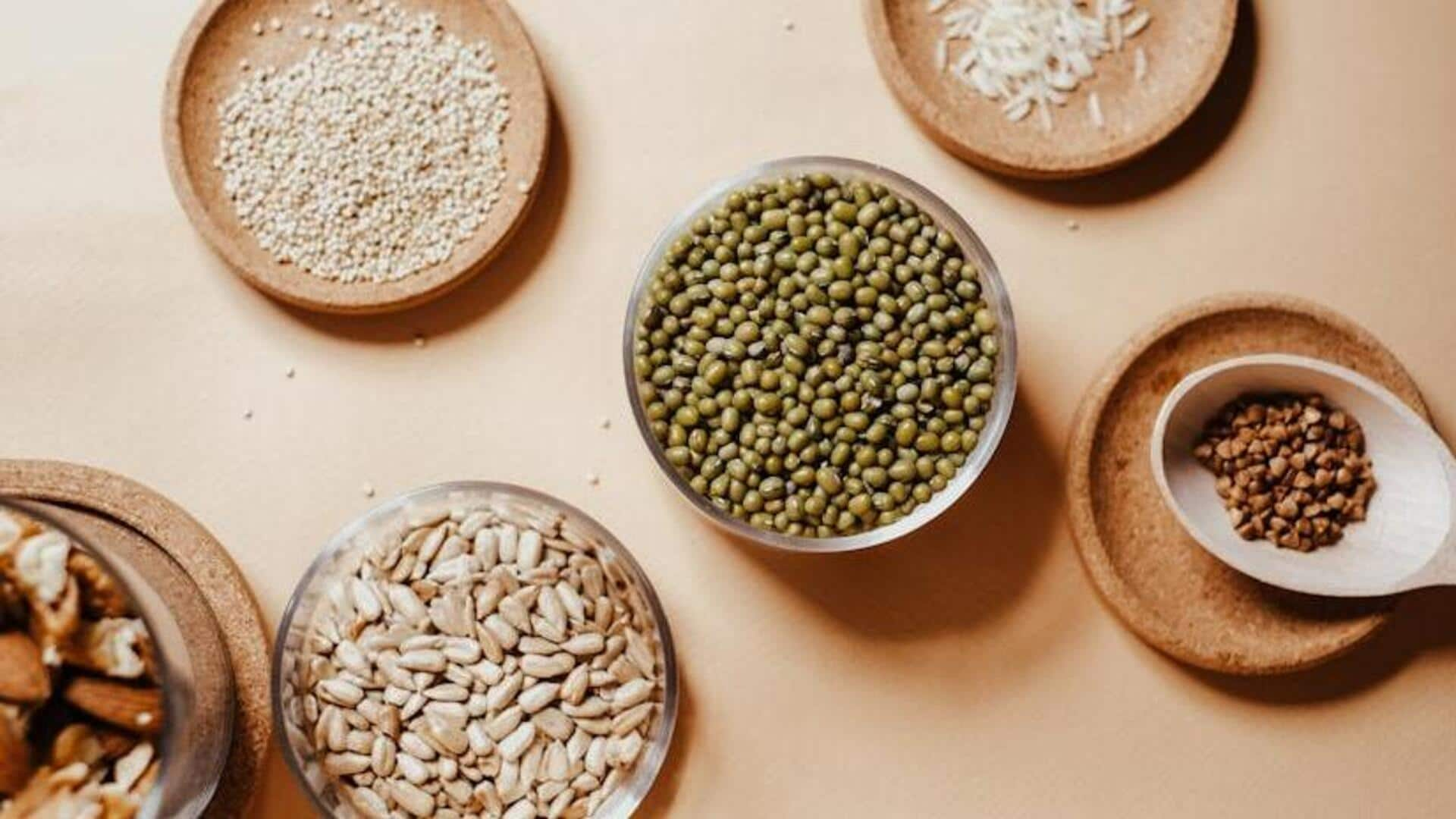
Add these fiber-rich ancient grains to your daily diet
What's the story
Ancient grains have stood the test of time for good reason. Packed with fiber, these nutritional powerhouses can enhance your diet significantly. Incorporating them into your meals not only boosts your health but also introduces new flavors and textures to your palate. Let's explore some of the best ancient grains that are both delicious and beneficial.
Ingredient 1
Quinoa: The versatile superfood
Quinoa, often mistaken for a grain, is a seed from South America. It's a complete protein, containing all nine essential amino acids, rare in plant foods. With twice the fiber of many grains, quinoa supports digestive health and weight management. Its nutty flavor and fluffy texture make it ideal for salads, soups, or as a versatile side dish.
Ingredient 2
Amaranth: The forgotten grain
Amaranth was a staple in the diet of pre-Columbian Aztecs and remains popular in Mexico today. This tiny grain is gluten-free and boasts a high fiber content that aids in cholesterol management and digestive health. Amaranth is rich in antioxidants and minerals like iron and magnesium. Its slightly peppery taste works well in porridges or popped like popcorn for a crunchy snack.
Ingredient 3
Farro: The hearty choice
Farro is an ancient wheat variety that has been enjoyed in Italy for centuries. It's known for its chewy texture and nutty flavor, making it perfect for hearty soups, salads and risottos. Farro is rich in fiber, protein and nutrients such as magnesium and B vitamins which support energy levels throughout the day. Soaking farro overnight reduces cooking time while enhancing its digestibility.
Ingredient 4
Teff: The tiny powerhouse
Originating from Ethiopia, teff is the smallest grain in the world but don't let its size fool you—it's packed with nutrition. High in dietary fiber which promotes regular digestion; it also contains significant amounts of iron and calcium supporting bone health. Teff's mild nutty flavor makes it versatile enough to be used in baked goods or as an alternative to oatmeal at breakfast.